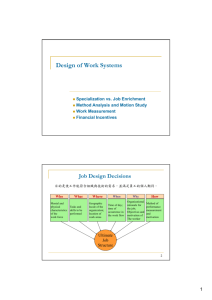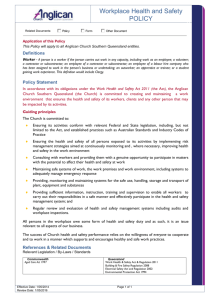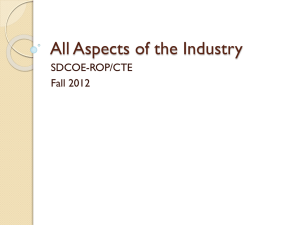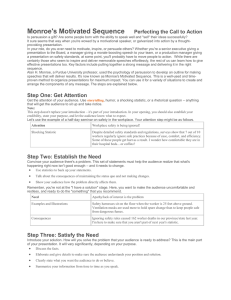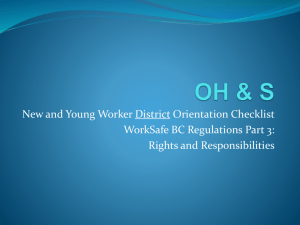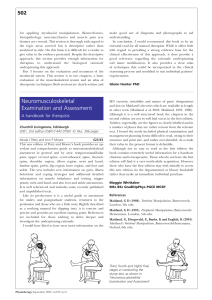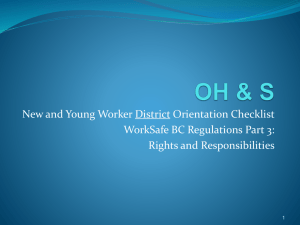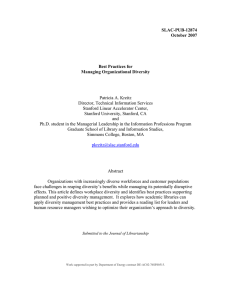THE-CASE-AGAINST-THE-IDEAL-WORKER-1
advertisement
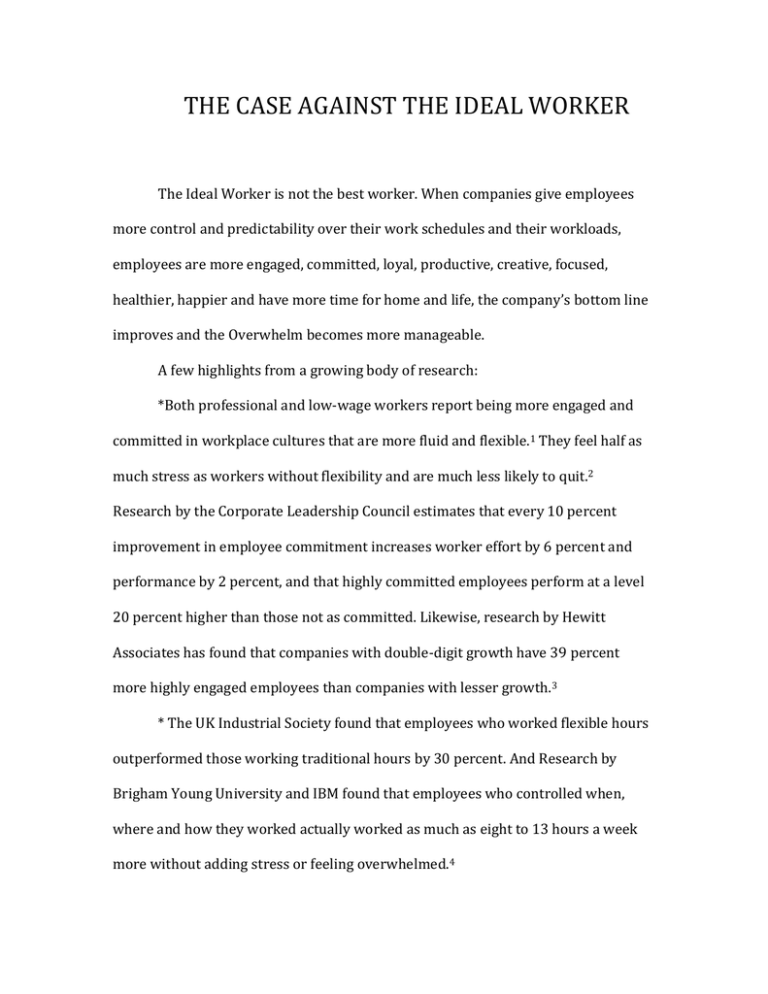
THE CASE AGAINST THE IDEAL WORKER The Ideal Worker is not the best worker. When companies give employees more control and predictability over their work schedules and their workloads, employees are more engaged, committed, loyal, productive, creative, focused, healthier, happier and have more time for home and life, the company’s bottom line improves and the Overwhelm becomes more manageable. A few highlights from a growing body of research: *Both professional and low-wage workers report being more engaged and committed in workplace cultures that are more fluid and flexible.1 They feel half as much stress as workers without flexibility and are much less likely to quit.2 Research by the Corporate Leadership Council estimates that every 10 percent improvement in employee commitment increases worker effort by 6 percent and performance by 2 percent, and that highly committed employees perform at a level 20 percent higher than those not as committed. Likewise, research by Hewitt Associates has found that companies with double-digit growth have 39 percent more highly engaged employees than companies with lesser growth.3 * The UK Industrial Society found that employees who worked flexible hours outperformed those working traditional hours by 30 percent. And Research by Brigham Young University and IBM found that employees who controlled when, where and how they worked actually worked as much as eight to 13 hours a week more without adding stress or feeling overwhelmed.4 * John D. Finnegan, CEO of The Chubb Corporation admitted that he was skeptical when he agreed to be one of 10 major U.S. companies to implement flexible work practices as part of the BOLD (Business Opportunities for Leadership Development) Initiative in 2005. But a pilot program found that by giving employees autonomy, they worked together more efficiently, set clearer goals, communicated more effectively and saved the company money, increased sales and boosted productivity by at least five percent. “As most CEOs would, I saw it as an employee accommodation program with a cost,” Chubb told the Financial Times. “I didn’t know you could at the same time maintain or increase productivity.”5 *When the U.S. government’s General Services Administration instituted a 90-day pilot project to allow employees to telework from remote locations, nearly 80 percent of the workers reported they were more productive, Alison Maitland reports in her book, Future Work. Sick leave dropped by nearly 70 percent, saving 14 hours of work per employee, peer communication went up by nearly 55 percent and, because fewer employees were commuting, they avoided producing 30 metric tons of carbon dioxide. The initial investment in technology to enable secure, remote work produced a return of between 200 and 1500 percent. *Another IBM global survey found that the companies that outperform their peers in innovation and expansion into new markets are three times more likely to have adopted smart, flexible work practices, Maitland reports. *Alarmed at the number of women leaving Deloitte Touche after starting families and working elsewhere because of the punishing Ideal Worker environment, the global financial services company instituted a “mass career customization” program of flexible work options and restructured its narrow corporate ladder into a “lattice” with more give, allowing people to dial up, dial down and take lateral career moves for whatever reason without penalty. Not only did the number of women eligible for partnership grow from 7 to 41, but women stopped leaving in droves. The turnover rate dropped, saving the company $1 million for every one percent drop.6 Deloitte estimates that flexible work arrangements in its global operations in 2003 saved the company $41.5 million in reduced turnover costs.7 “The Business Case for Workplace Flexibility,” WFC Resources website, accessed September 12, 2012, http://www.wfcresources.com/about-workplaceflexibility/business-case/. WFC cites a WorldatWork 2011 survey that found 72 percent of nearly 500 companies surveyed reported a “positive or extremely positive” effect of flexible work arrangements. 1 Amy Richman et. al., Innovative Workplace Flexibility Options for Hourly Workers (Newton: Corporate Voices for Working Families, 2009), http://www.cvworkingfamilies.org/system/files/CVWFflexreport-FINAL.pdf, accessed Sept. 12, 2012. 2 Joan C. Williams, Reshaping the Work-Family Debate: Why Men and Class Matter (Cambridge: Harvard University Press, 2010), 67. 3 4 Work-Life and Human Capital Solutions, Flexibility Toolkit. Alison Maitland and Peter Thomson, Future Work (Houndsmills: Palgrave MacMillan. 2011), 9. 5 Madeleine M. Kunin, “The Business Case for Workplace Flexibility: How Employers and Employees Can ‘Have it All,’” The Huffington Post, August 23, 2012. http://www.huffingtonpost.com/madeleine-m-kunin/the-business-case-forwor_b_1825185.html?utm_hp_ref=tw, accessed Sept. 12, 2012. 6 Sarah Jane Glynn and Joanna Venator, “Fact Sheet: Workplace Flexibility. Allowing Employees Some Leeway is Good for Business and the Economy.” Center for American Progress, August 16, 2012, http://www.americanprogress.org/issues/labor/news/2012/08/16/11981/factsheet-workplace-flexibility/, accessed Sept. 12, 2012. 7

